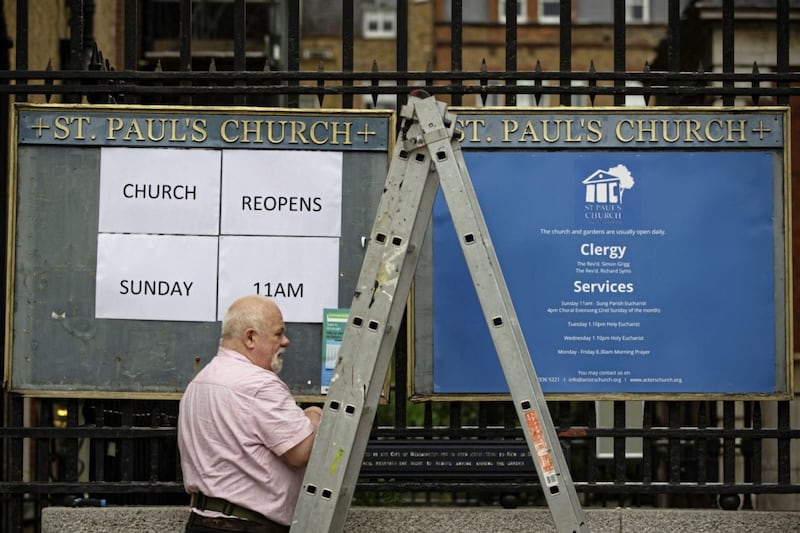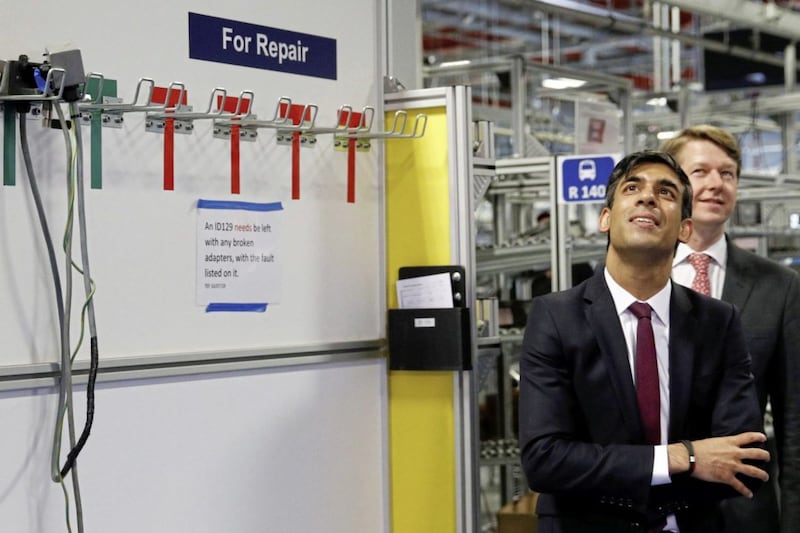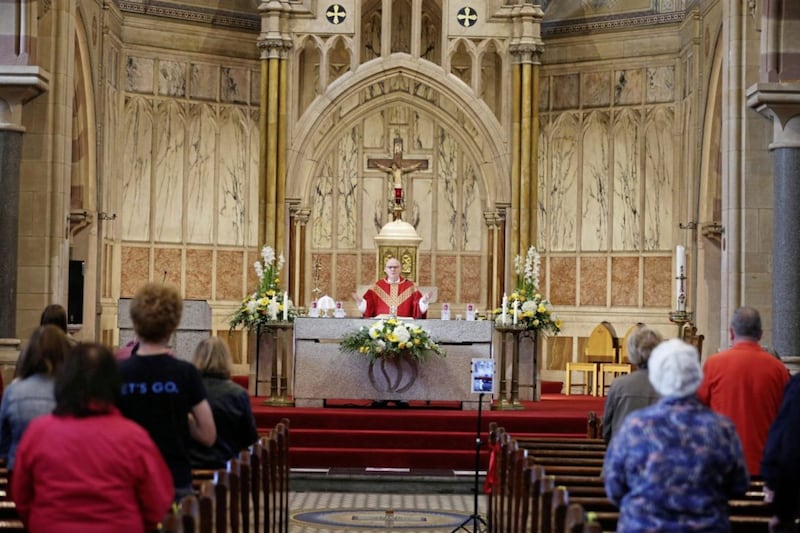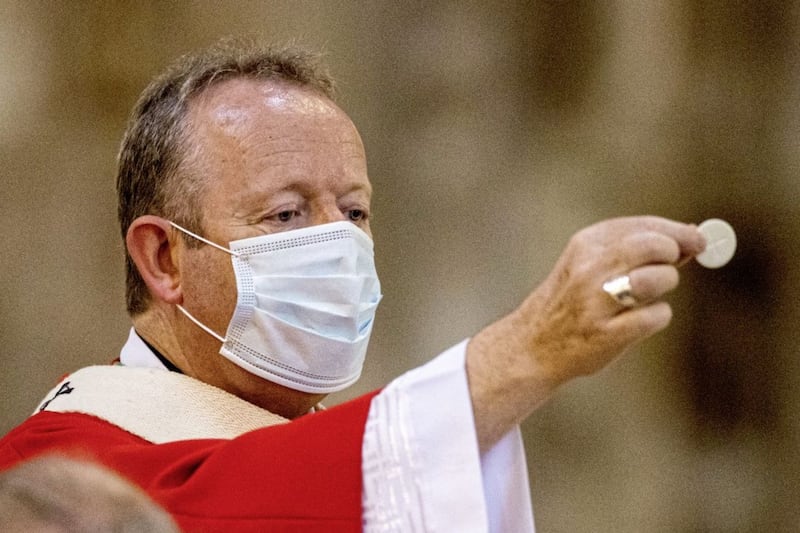PUBLIC Masses have resumed and, after nearly four months of lockdown, some priests are experiencing a rude awakening.
A number have taken to social media to express their surprise at how few people have returned to church.
"I thought I was going to have to turn people away at the door," wrote one, "but instead we are barely at 10 per cent of our socially-distanced capacity."
Peter Drucker's famous observation, "If you can't measure it, you can't improve it", is sometimes cited as the most important quotation in business.
It doesn't only apply to the corporate world: try losing weight without stepping on the scales once in a while.
In the church what we measure matters but sometimes the metrics can be deceptive.
When Masses shifted online parishes tweeted their amazing YouTube numbers unaware that most of them would have been 'bots' - little digital sentinels probably checking their broadcasts for unauthorised music.
The metric traditionally used in the church is Mass attendance - or "bums on seats" as one irreverent friend of mine puts it.
The slow post-lockdown return to church reveals how inadequate it is as a metric.
The weekly figure doesn't reveal, for example, how many are fortnightly or monthly attenders.
Generally speaking, those who attend church casually also tend to be more casually committed to their faith.
Diluted attendance is often a sign of diluted devotion. A high Mass attendance may have more to do with the quality of the parish school than the quality of parishioner discipleship.
A more important - if harder to measure - metric, is engagement.
Showing up at church does not mean you are necessarily engaged in its mission. You can sit in the back row and be as disconnected as you might be running in the park.
What really matters in our parishes is not how many people attend but how many disciples we are forming
In the Gospels Jesus often addressed "the people and his disciples". Presumably the disciples were those who had made a real effort to follow the Lord, while the "people" were there out of curiosity with no personal investment.
What really matters in our parishes is not how many people attend but how many disciples we are forming.
Disciples are committed and engaged in the mission of the church. When it comes to the life of their parish they serve, invite their friends, pray and grow in faith, they are generous in their financial support, they joyfully build up their community, and they worship.
So while attendance does not equal engagement, engagement almost always leads to attendance.
In my current parish we use the ME25, a tool developed by Gallup, to measure parishioner engagement. It helps us see what we are doing well and where we need to improve.
And over the years it has enabled us to triple our engagement rate and take it a full six points above the Gallup benchmark for a 'typical' Catholic church.
We should not underestimate the importance of measuring engagement over Mass attendance.
One of the things we can expect as parish life resumes is the decapitation of families: older teenagers not returning to church. When that happens the fault isn't lockdown laziness, it is lack of engagement.
The fact that they attended Mass before does not mean that they were engaged. So an important implication for the parish is that we have to be more intentional about engaging teenagers. It is engagement that drives attendance.
Fr Stephen Langridge, parish priest of St Elizabeth of Portugal Parish in Richmond, Surrey preached at the Diocese of Down and Connor's vocations retreat, held just before lockdown. He is an associate of the Divine Renovation Network in the UK. Fr Langridge wrote in Faith matters last month about how the re-opening of churches was a 'wonderful opportunity' to rediscover the primacy of evangelisation and to reshape 'ecclesial structures'.








